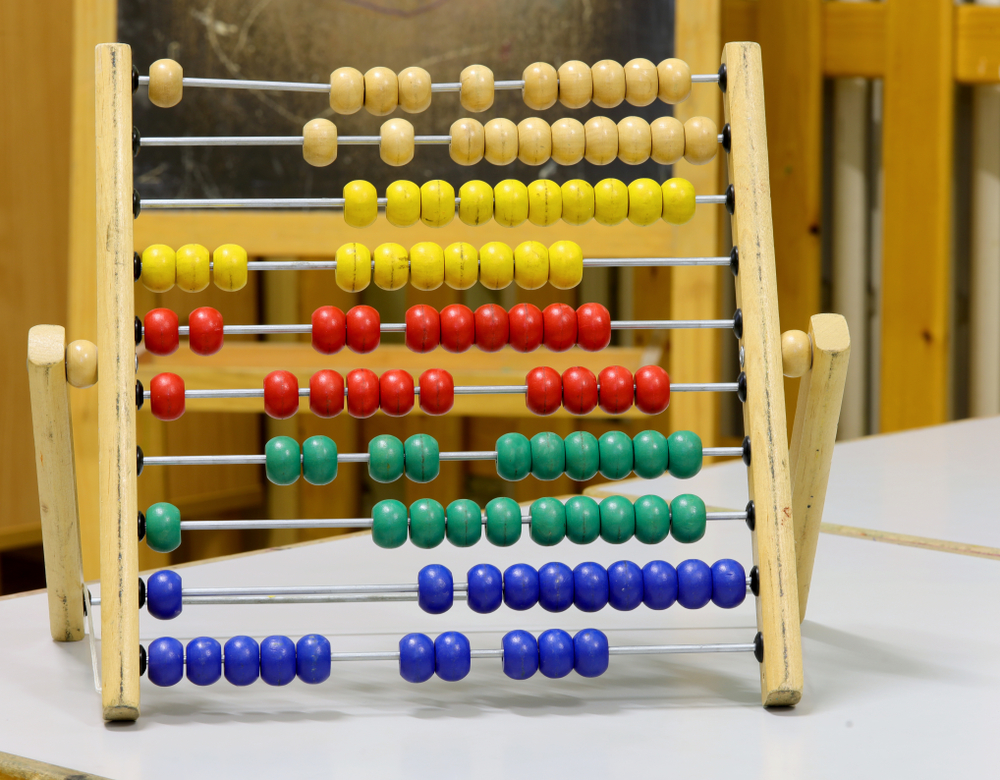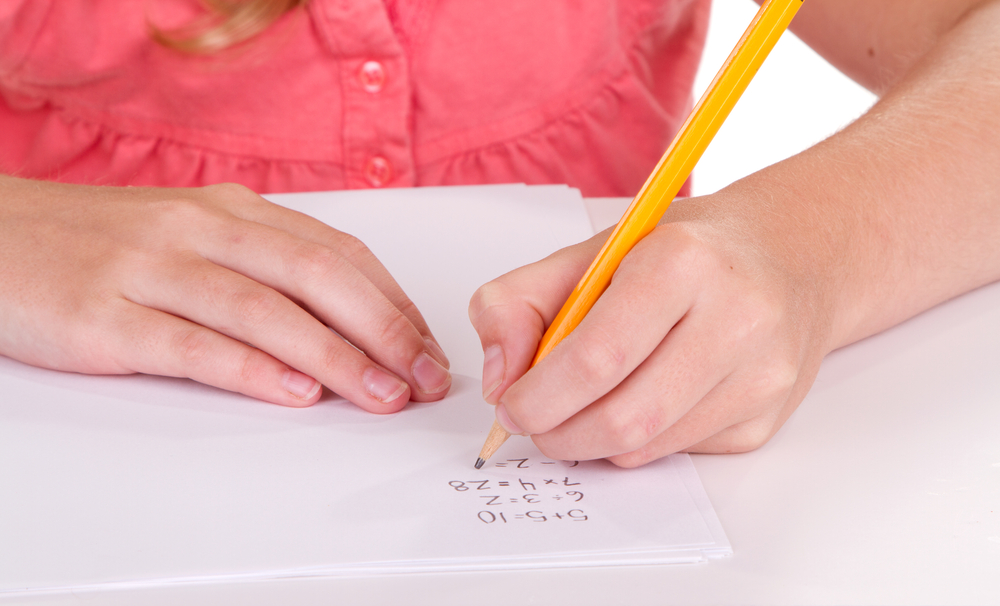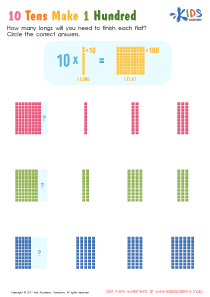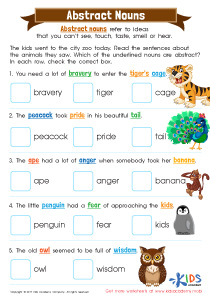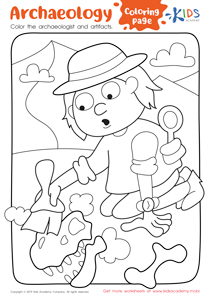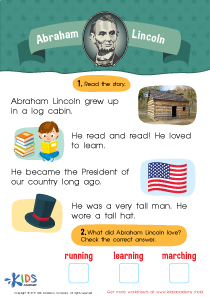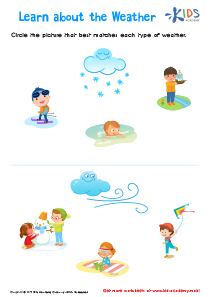Normal Addition Facts Worksheets for Ages 4-5
8 filtered results
-
From - To
Unveil the magic of numbers with our "Normal Addition Facts for Ages 4-5" worksheets! Tailored specifically for young learners, this captivating collection introduces the foundational concept of addition in a fun, engaging, and easy-to-understand manner. Each sheet is meticulously designed to nurture your child's mathematical journey, turning abstract numbers into fascinating discoveries. With a variety of exercises, from simple equations to playful problem-solving, our worksheets are the perfect tool to spark a love for math early on. Empower your child with the confidence to explore the world of numbers and set the stage for a lifetime of learning success. Start the adventure today!
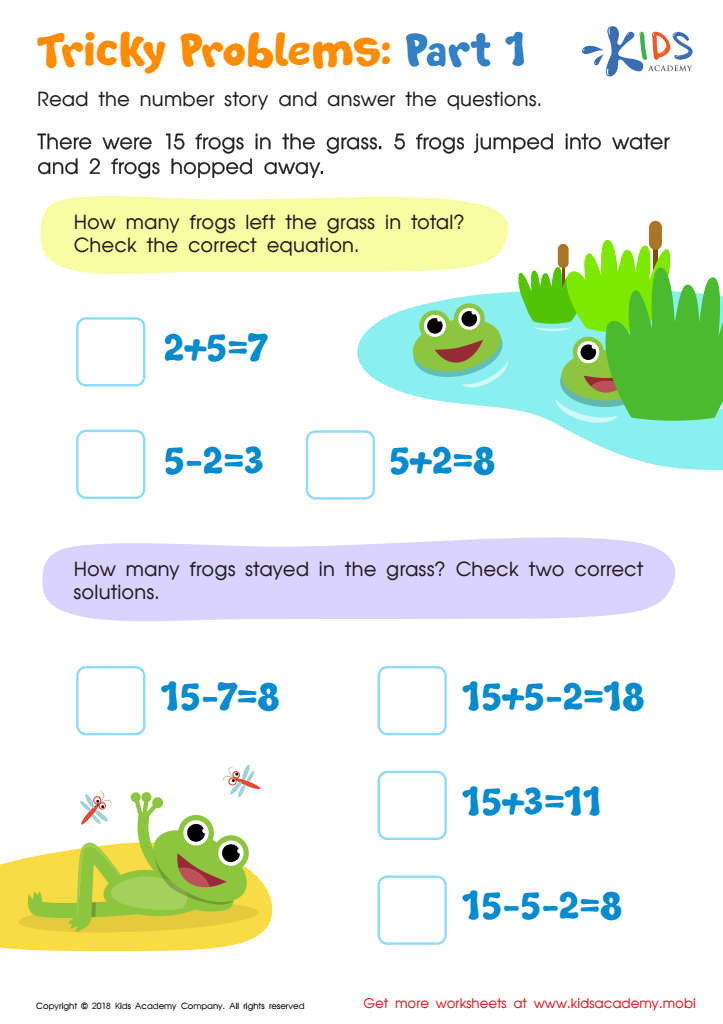

Tricky Problems Worksheet: Part 1
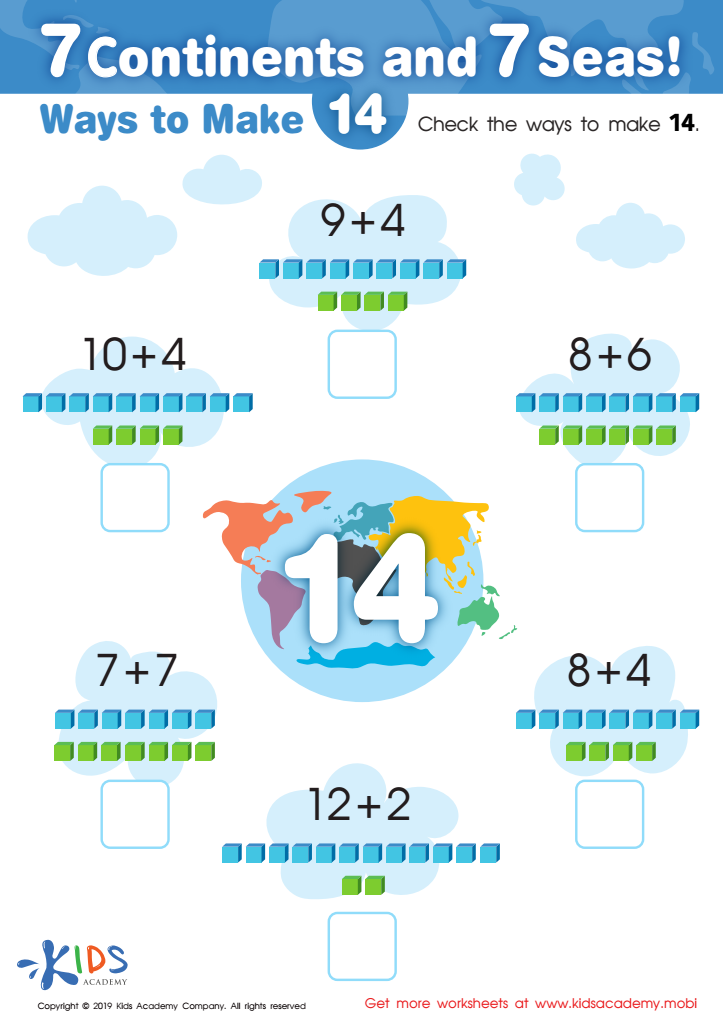

7 Continents and 7 Seas Worksheet
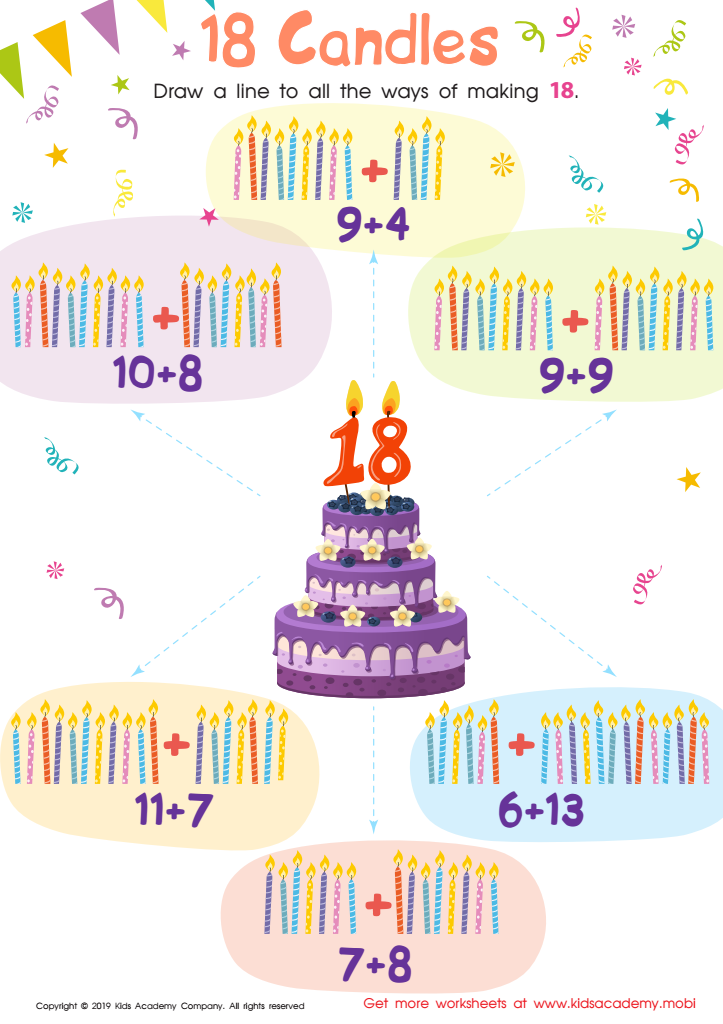

18 Candles Worksheet
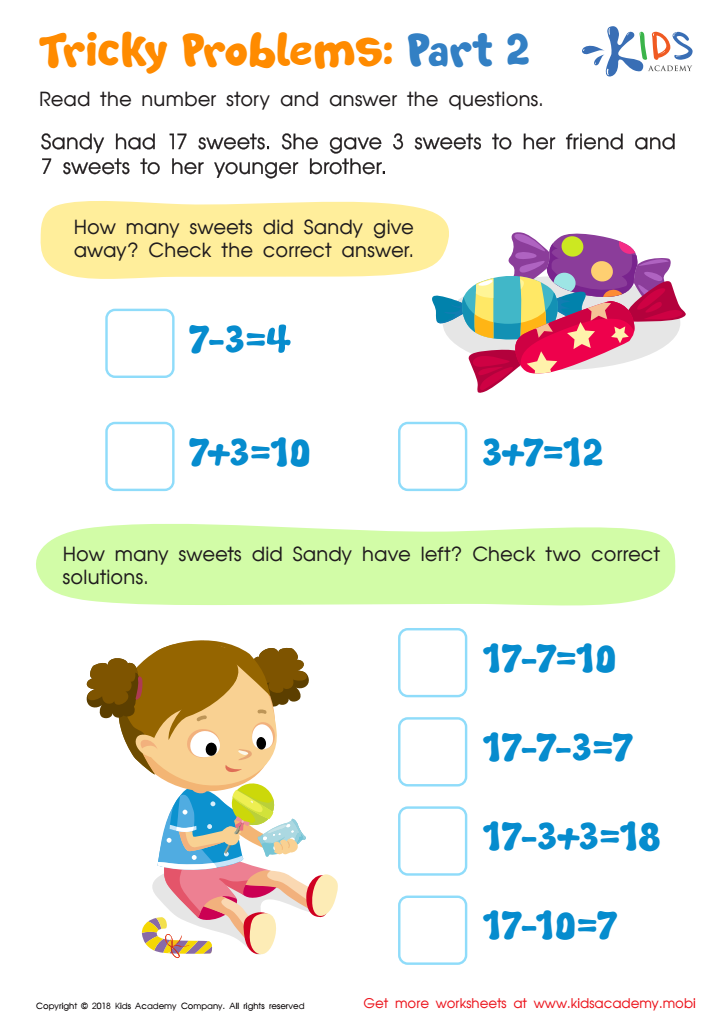

Tricky Problems Worksheet: Part 2
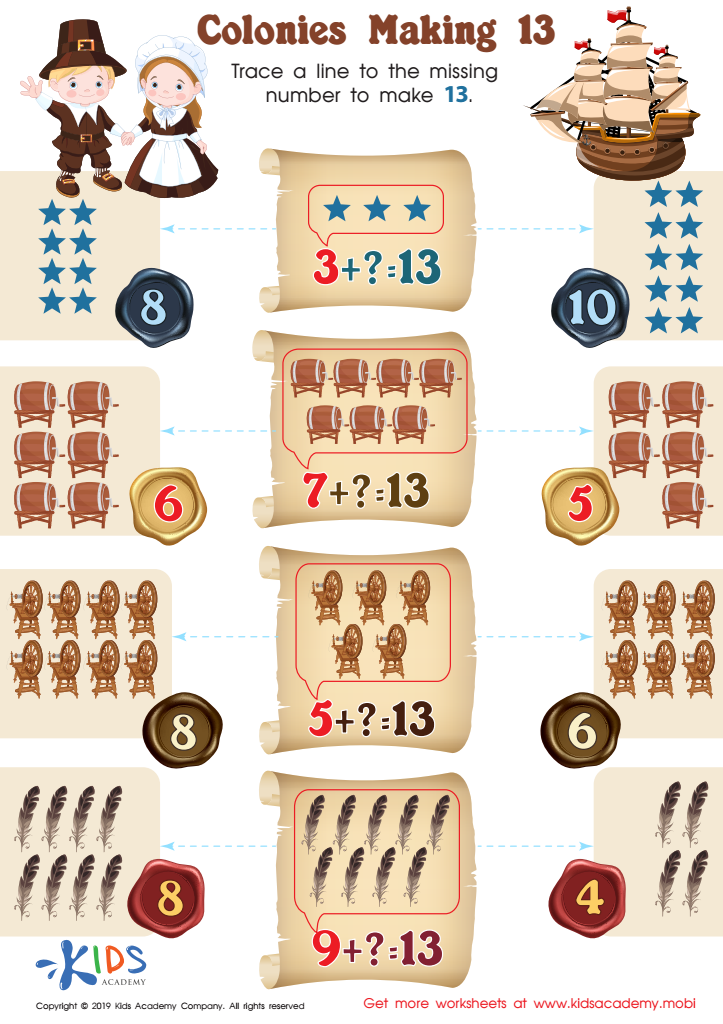

Colonies Making 13 Worksheet
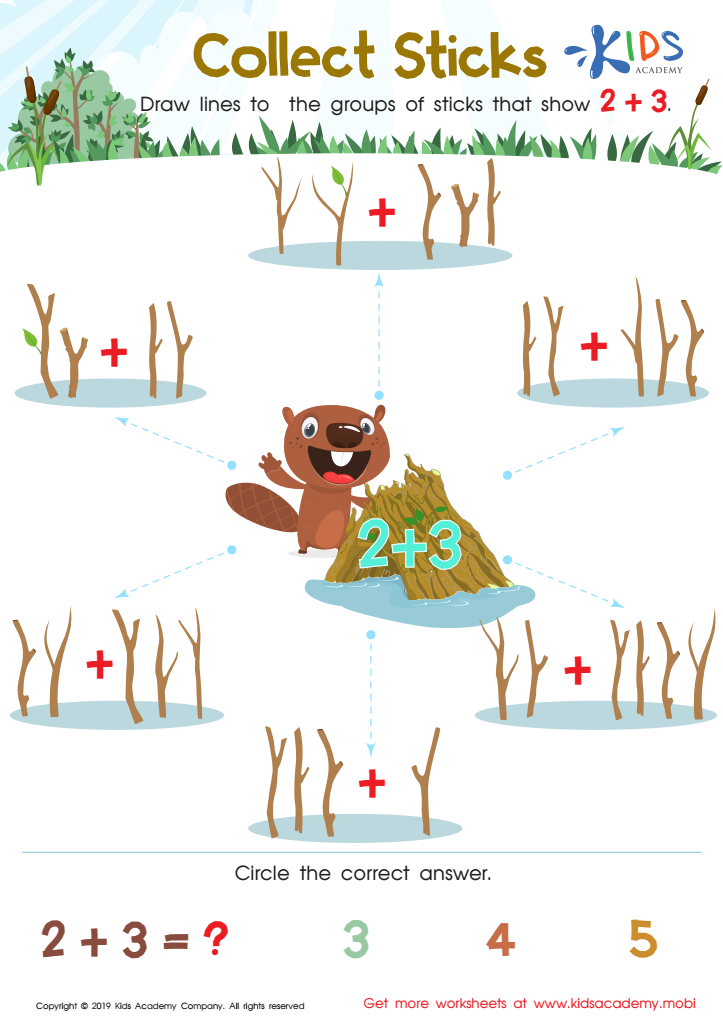

Collect Sticks Worksheet
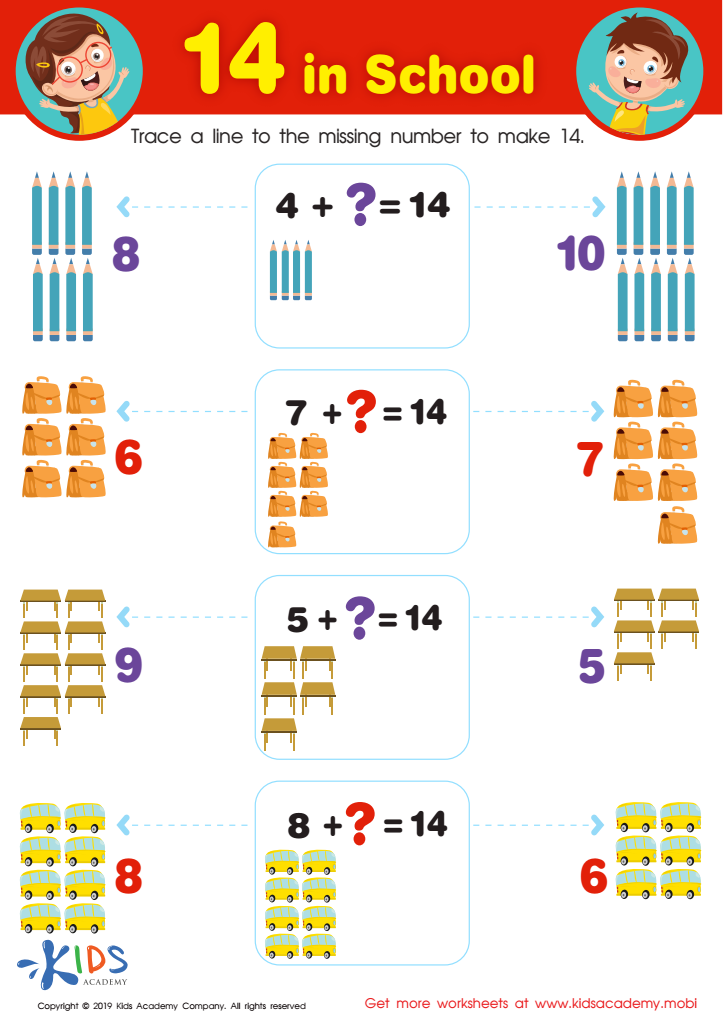

14 in School Worksheet
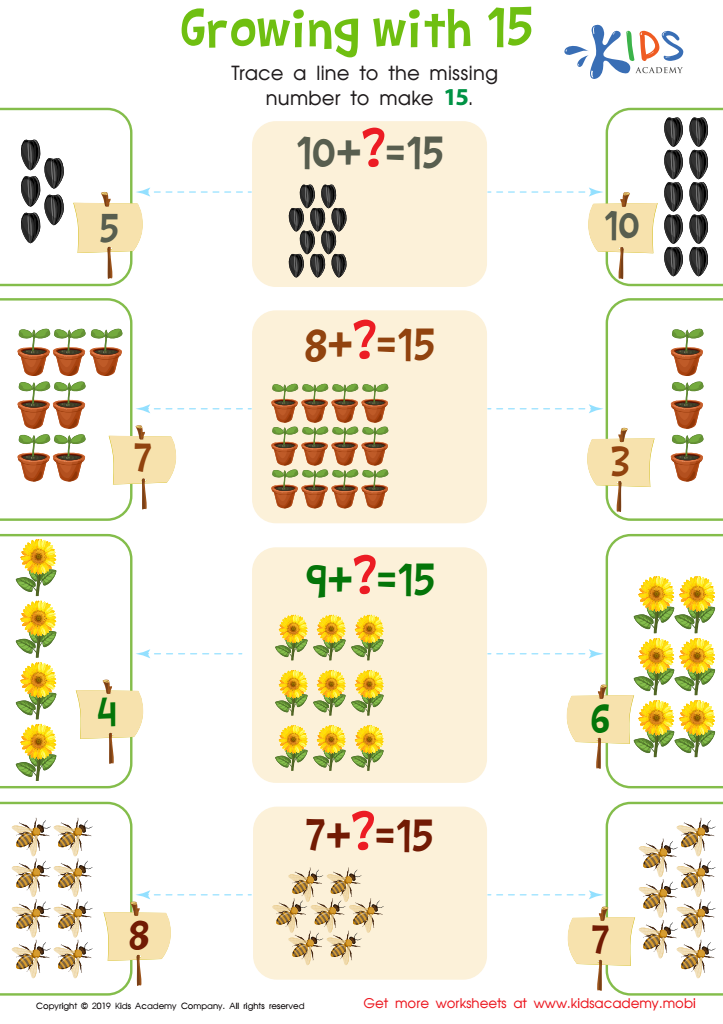

Growing with 15 Worksheet
Normal Addition Facts worksheets for Ages 4-5 are an essential educational tool that lay the foundation for a child's future success in mathematics. At this critical developmental stage, children are just beginning to grasp the concept of numbers and their relationships. These carefully designed worksheets introduce the concept of addition in a fun and engaging manner, making it easier for young learners to understand and retain the information.
The benefits of using Normal Addition Facts worksheets for Ages 4-5 are manifold. Firstly, they help in building a strong arithmetic base that is crucial for solving more complex mathematical problems in later years. By starting with simple addition facts, children gradually develop confidence in their mathematical abilities, fostering a positive attitude toward learning.
Secondly, these worksheets are tailored to the cognitive abilities of 4 to 5-year-olds, ensuring that the tasks are neither too challenging nor too easy but just right to stimulate their interest and learning. The repetitive nature of the exercises helps in reinforcing the concepts, making recall faster and more efficient.
Moreover, Normal Addition Facts worksheets for Ages 4-5 encourage the development of fine motor skills as children learn to write numbers and symbols. They also enhance problem-solving skills and attention to detail, as young learners must carefully read and understand each question to arrive at the correct answer.
In conclusion, Normal Addition Facts worksheets are an invaluable resource for parents and educators aiming to instill foundational mathematical skills in children aged 4 to 5. They offer a structured and enjoyable way to introduce young minds to the world of numbers, setting the stage for academic success and a lifelong appreciation for mathematics.
 Assign to the classroom
Assign to the classroom
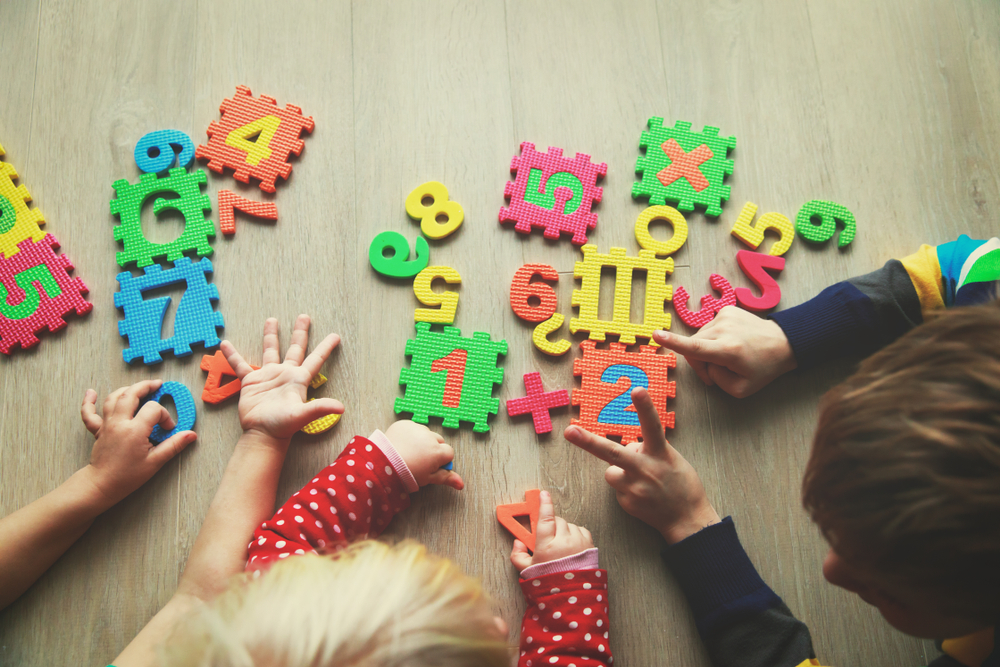
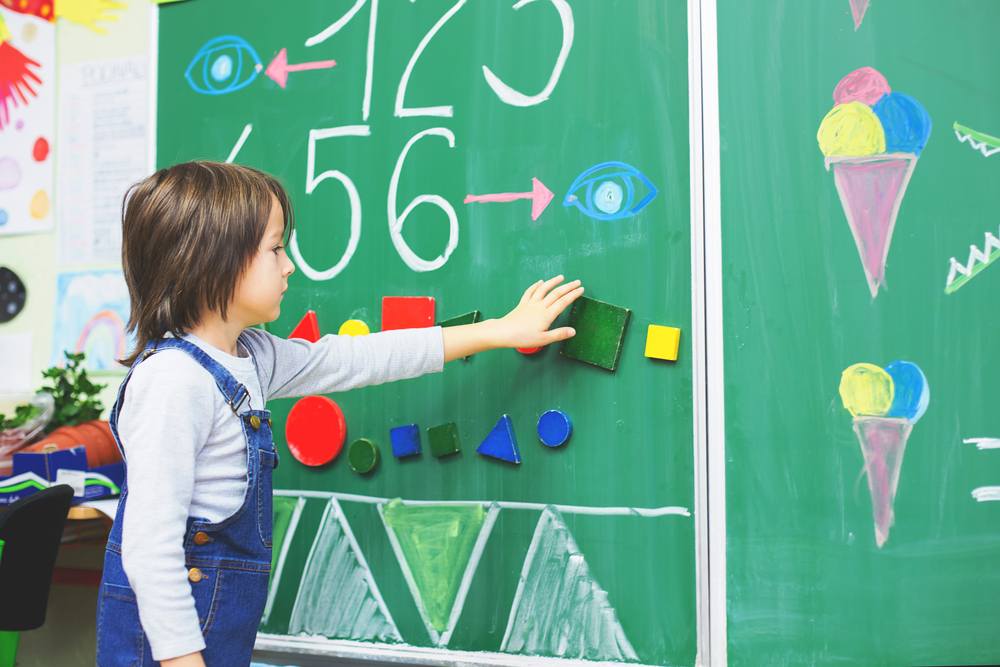
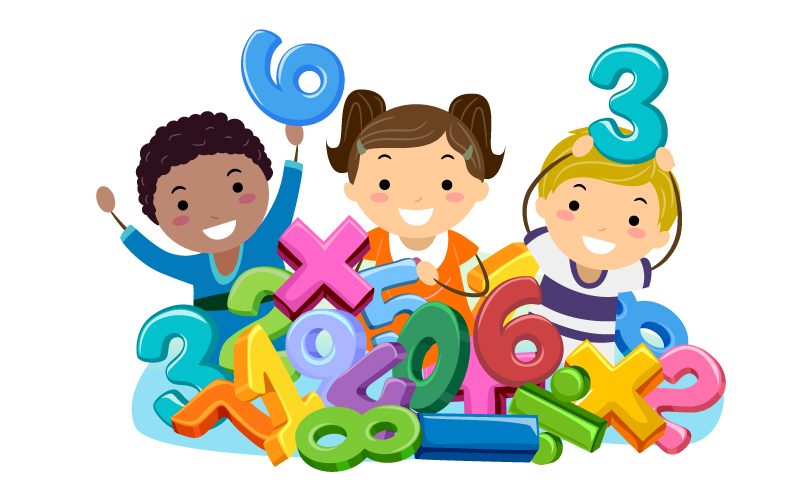
.jpg)
